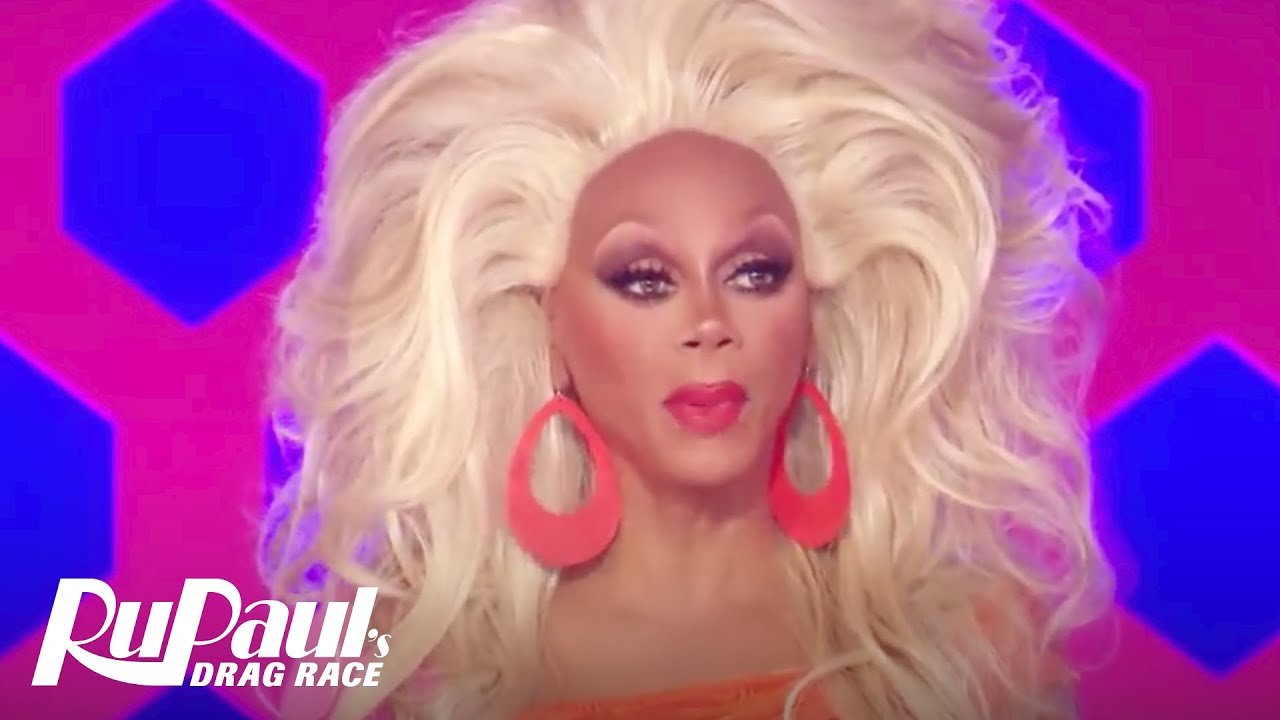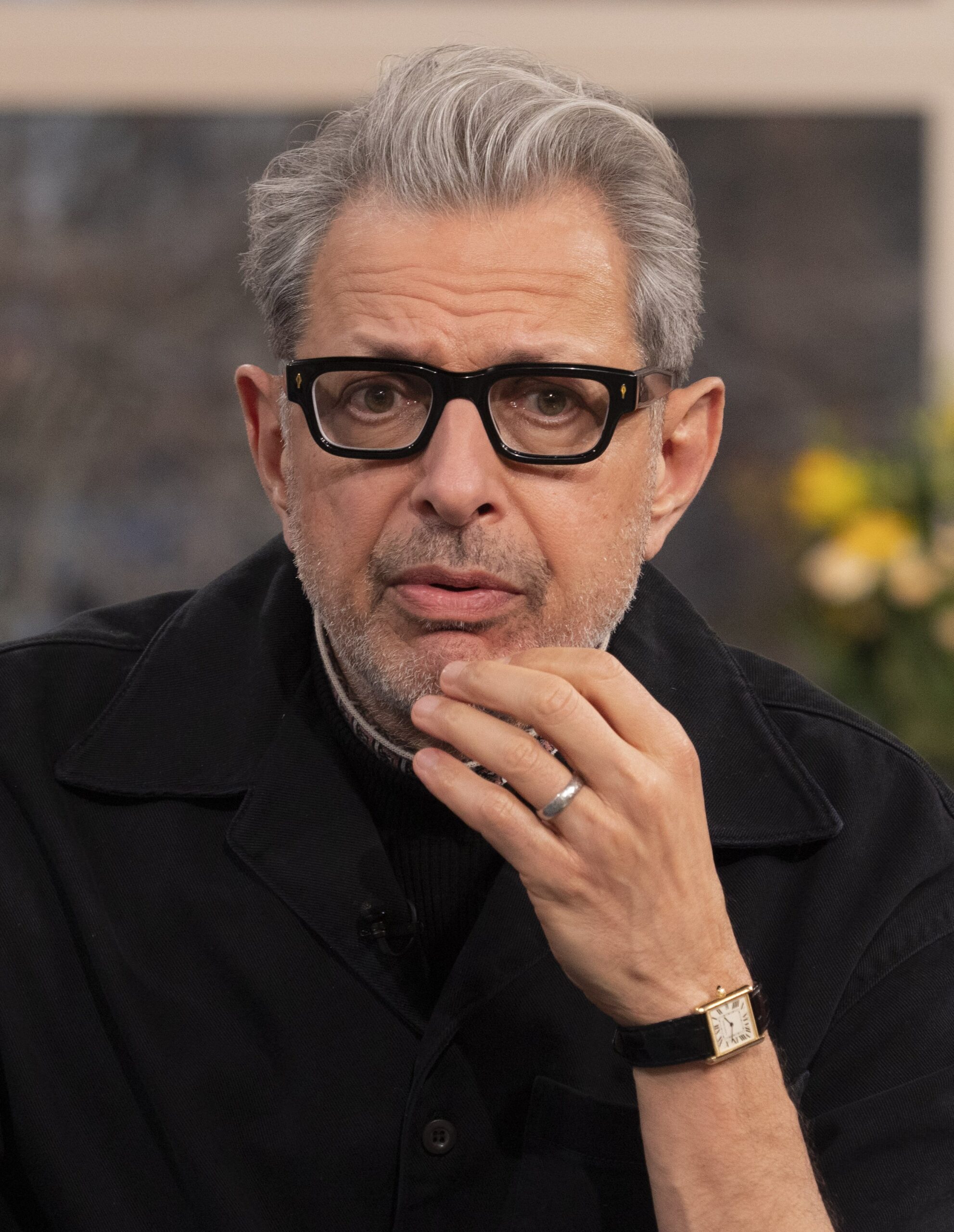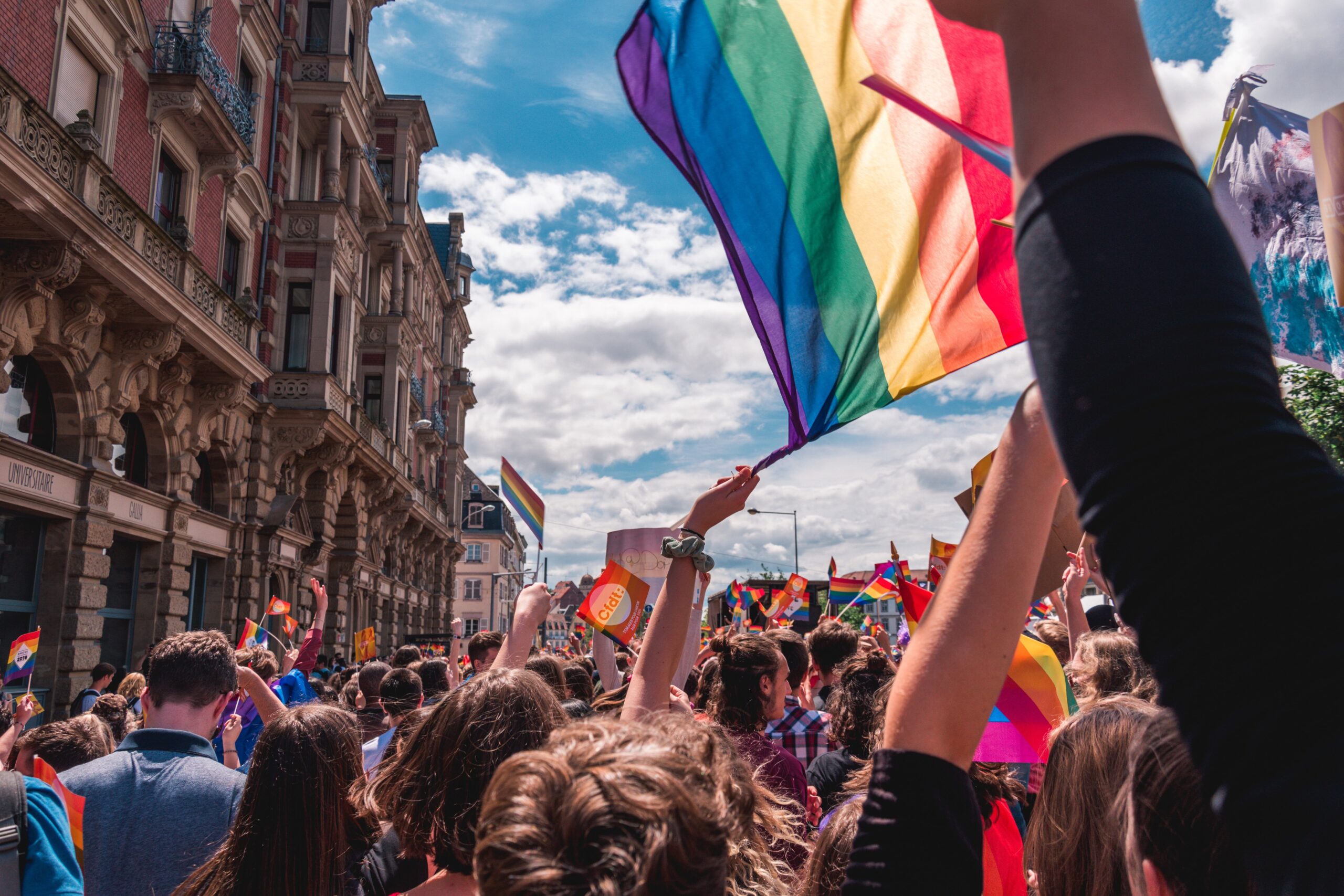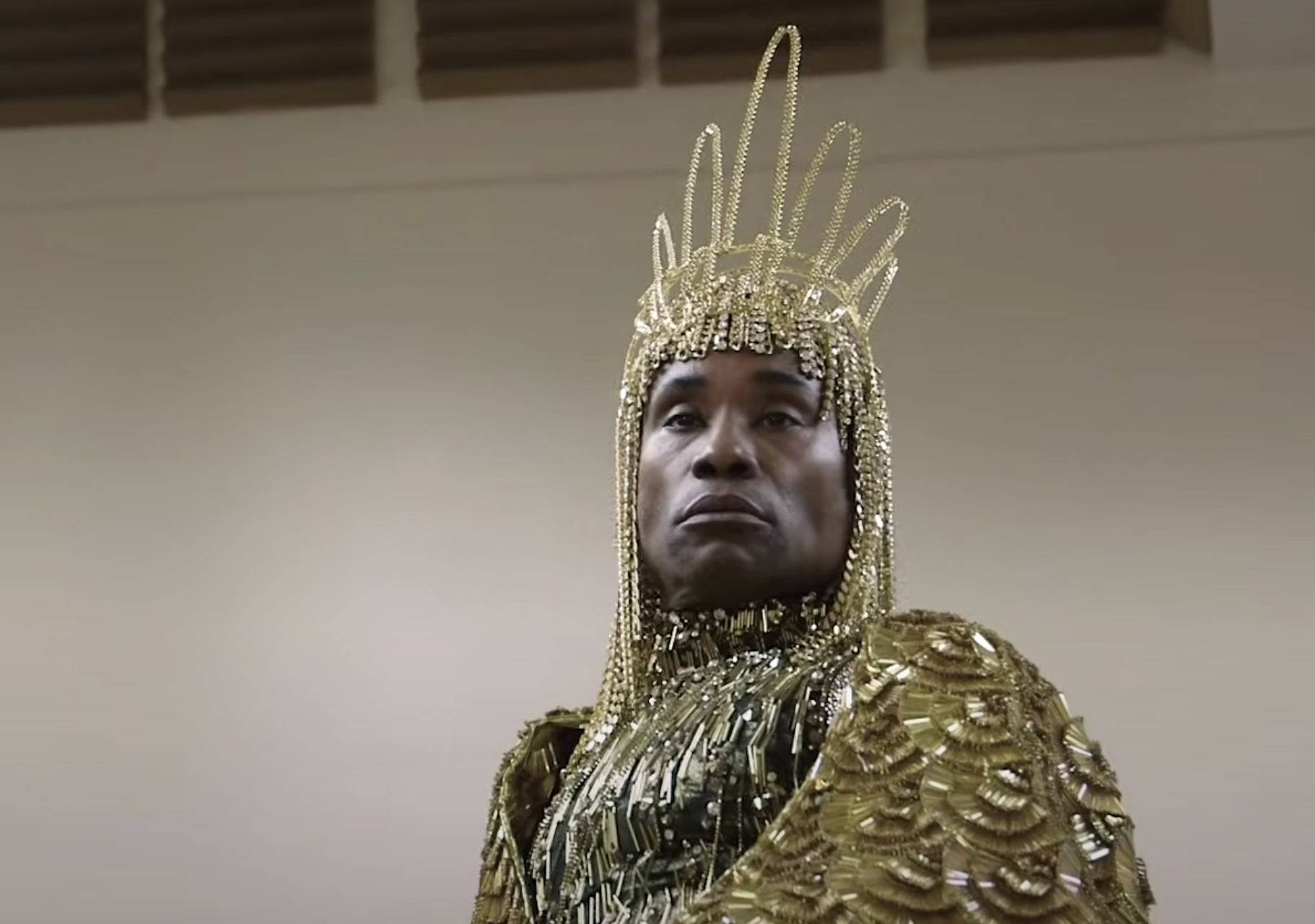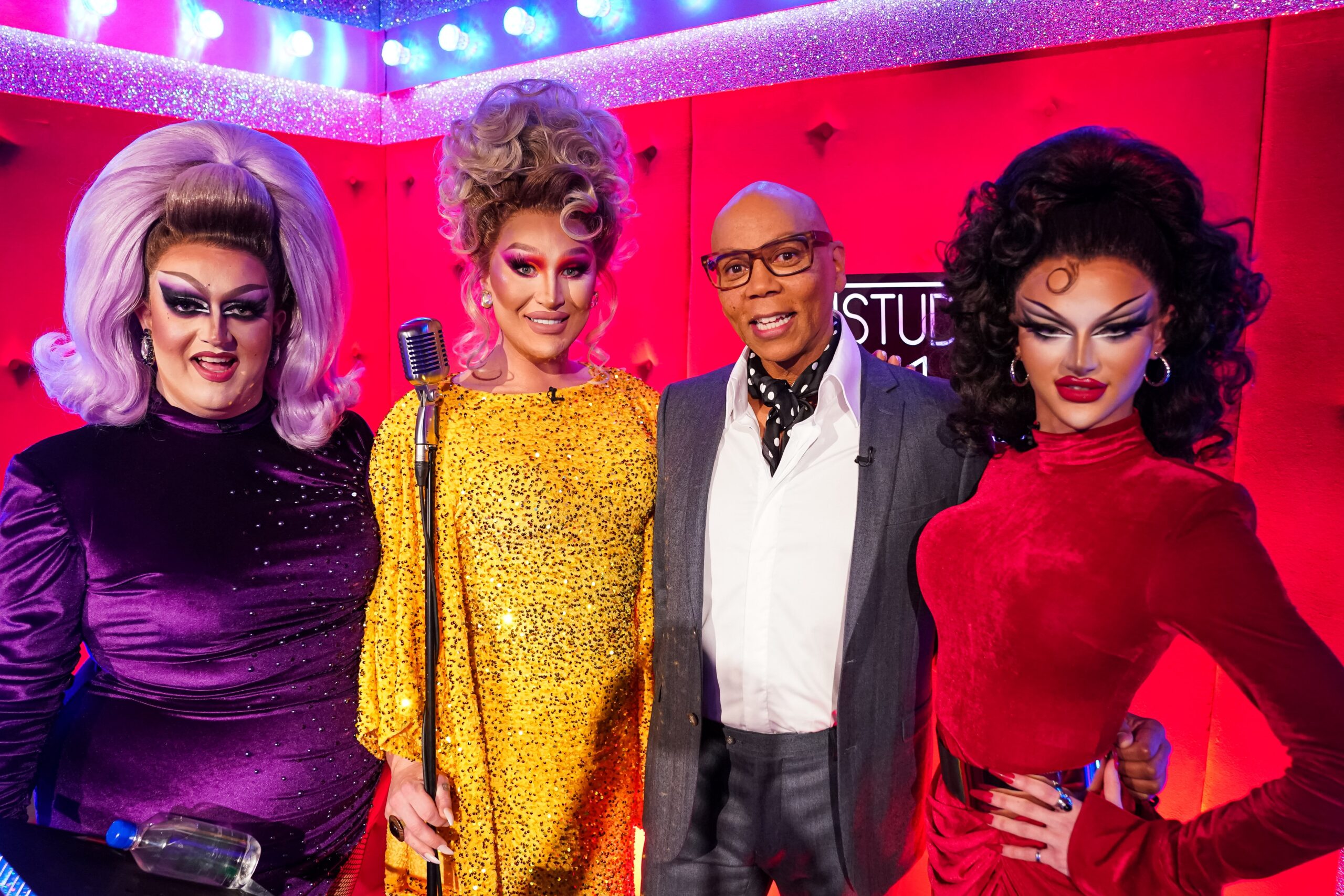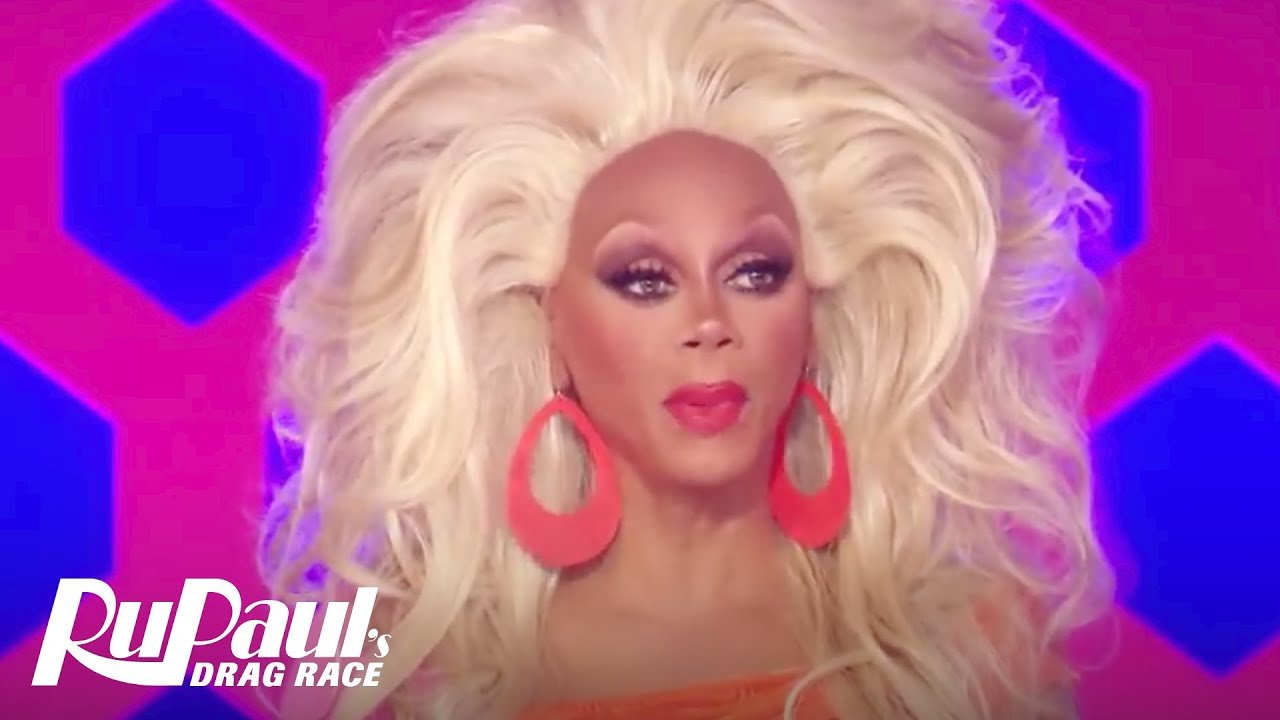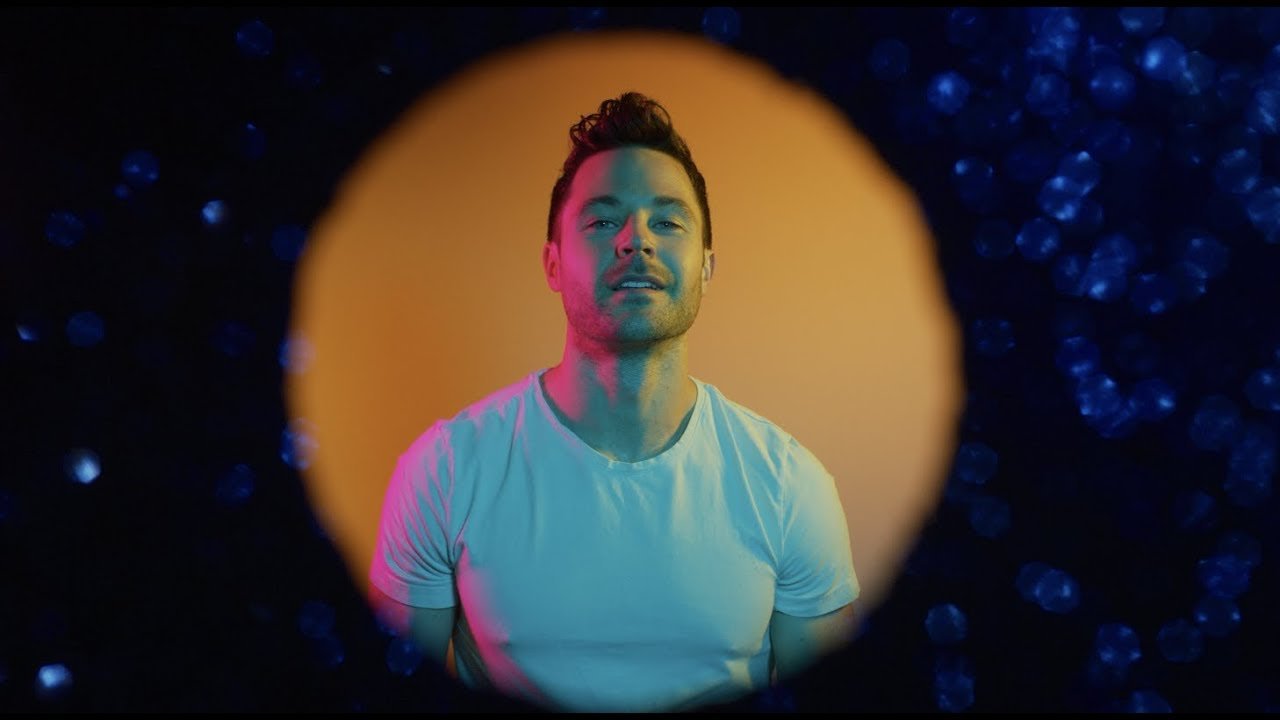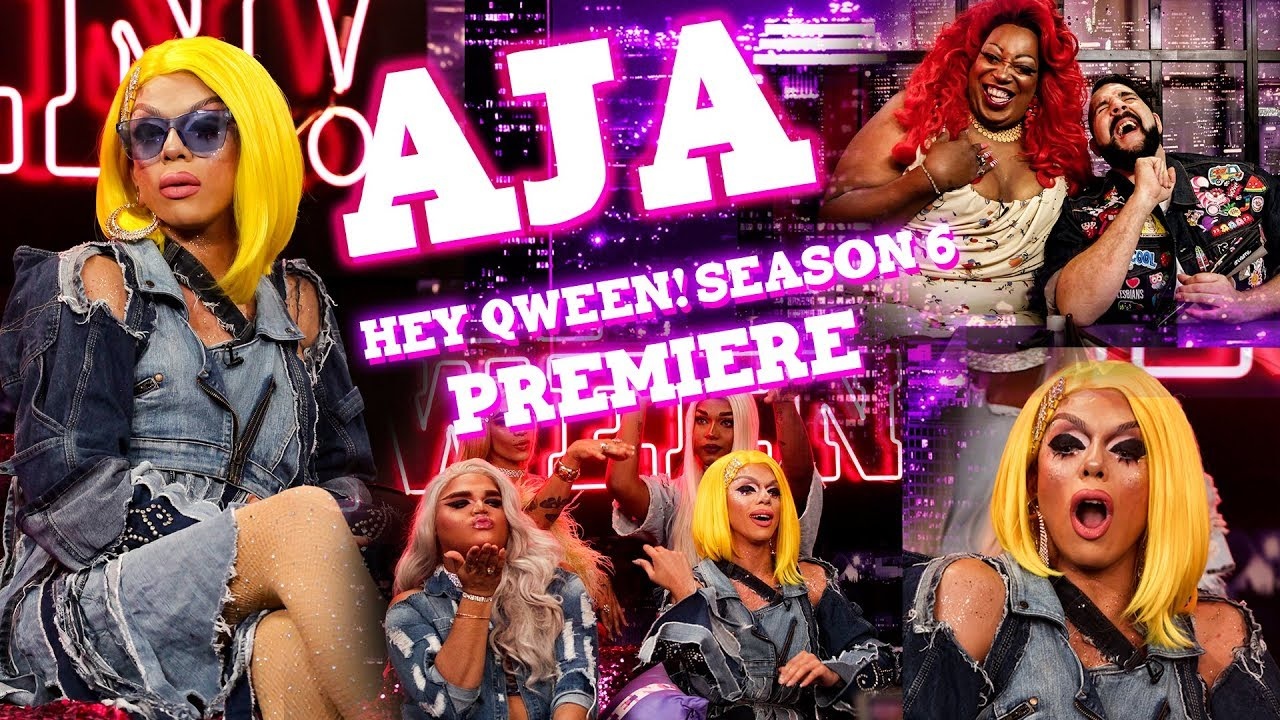Camp was created by marginalized communities, in part to avoid traditional confines of language, and particularly, to escape restrictions of gender, sexuality, and the kind of power and wealth that funds the Metropolitan Museum of Art and puts on its star-studded gala each year.
